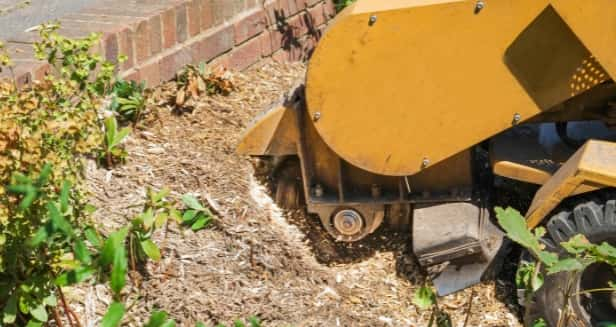Introduction
Crown reduction is a widely used tree surgery technique that helps manage the size and shape of a tree while maintaining its health and structural integrity. However, when it comes to mature or old trees, property owners often wonder whether crown reduction is a safe option. The answer depends on various factors, including the tree’s species, health, and the expertise of the tree surgeon.
In Mildenhall, Suffolk, professional tree surgeons can assess whether crown reduction is suitable for your tree, ensuring the procedure is carried out with minimal stress and maximum benefit.
What is Crown Reduction?
Crown reduction involves selectively trimming back the outer branches of a tree to reduce its overall size. This technique is different from pollarding or topping, as it focuses on maintaining the tree’s natural shape while alleviating stress on weak or overextended branches.
Benefits of Crown Reduction:
- Reduces the risk of branch failure by removing excess weight
- Allows more light to penetrate through the tree canopy
- Helps manage trees that are encroaching on buildings or power lines
- Improves overall tree health by reducing the strain on older limbs
Is Crown Reduction Safe for Mature or Old Trees?
1. Tree Species and Growth Characteristics
Some trees tolerate crown reduction better than others. Species such as oak, beech, and sycamore can withstand careful reduction, whereas conifers and certain ornamental trees may struggle to recover. Understanding the growth habits of a specific tree is crucial in determining whether crown reduction is a safe option.
2. Tree Health and Structural Integrity
A mature tree that is already in decline may not respond well to crown reduction. If a tree has extensive decay, fungal infections, or weak branch unions, reducing the crown may cause further stress. A professional tree surgeon can assess the tree’s health before recommending any pruning work.
3. Proper Pruning Techniques
Crown reduction must be carried out using correct pruning techniques to avoid unnecessary damage. Poorly executed cuts can lead to:
- Increased vulnerability to pests and diseases
- Excessive stress that weakens the tree’s ability to recover
- Rapid, weak regrowth that negates the benefits of the reduction
An experienced tree surgeon will make careful, targeted cuts, ensuring that only a small percentage of the canopy is removed at a time.
4. Timing Matters
Pruning a mature tree at the wrong time of year can have adverse effects. Deciduous trees should ideally be reduced in late autumn or winter when they are dormant, while some species may benefit from summer pruning to minimise disease risks. A professional can advise on the best time to carry out crown reduction based on the specific tree species.
Alternatives to Crown Reduction for Old Trees
If crown reduction is not suitable, other options may be considered:
- Crown thinning – Selective removal of smaller branches to improve air circulation without altering the tree’s height significantly.
- Crown lifting – Raising the lower branches to provide more clearance without affecting the upper structure.
- Bracing or cabling – Supporting weak branches with specialist equipment to enhance stability.
When to Contact a Tree Surgeon
If you are unsure whether crown reduction is appropriate for your mature tree, consulting a qualified tree surgeon is the best course of action. They can:
- Assess the tree’s health and structure
- Recommend the safest and most effective pruning techniques
- Carry out crown reduction with minimal stress to the tree
- Advise on long-term tree care to ensure its continued health
In Mildenhall, Suffolk, professional tree surgery services are available to help maintain the longevity and safety of your trees.
Conclusion
Crown reduction can be a safe and beneficial procedure for mature or old trees when done correctly by an experienced tree surgeon. However, not all trees are suitable for this treatment. A thorough assessment of the tree’s health, species, and structural integrity is essential before any work is carried out.
If you are considering crown reduction for a tree on your property, seeking expert advice will ensure that the process is carried out safely and effectively. Consulting a tree surgeon in Mildenhall, Suffolk, can help you make an informed decision that benefits both your tree and the surrounding landscape.
Call us on: 01638 597 989
Click here to find out more about Mildenhall Tree Surgeons
Click here to complete our contact form and see how we can help with your tree care needs.

